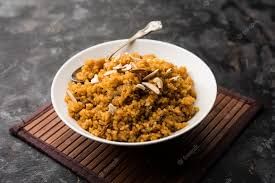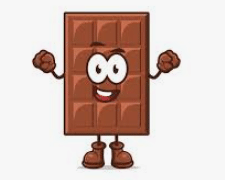Worksheet: Halves And Quarters - 2 | Worksheets with solutions for Class 4 PDF Download
Q: Answer the following Questions.
I. Price per kg of each item is given below:
Tomato: 8 rupees
Potato: 12 rupees
Onion: 10 rupees
Carrot: 16 rupees
Pumpkin: 4 rupees.

(i) (a) How much does ½ kg of tomatoes cost?
(b) Which costs more – ½ kg of onions or ¼ kg of carrots?
(c) What is the price of ¾ kg of potatoes?
(ii) Keerthi is going for shopping. She has only Rs 20 with her. Can she buy all the things in her shopping list? Her shopping list includes:
Potato: ½ kg
Pumpkin: 2 kg
Carrot: ¼ kg
(iii) From the price list given above, find the cost of 2 kg tomatoes and 1 ½ kg potatoes?
(iv) Manu travels 3 km and Nandu travels 1 ½ km. Who travels more and by how much?
(v) If the cost of 10 kg rice is 330 rupees. Find the cost of 5 kg rice?
(vi) Ramesh bought a piece of halwa for his children Ammu and Anu. He divided it equally for them. How many parts they will get?
(vii) There are 38 children in a class. ½ of them are boys. Find the number of girls?
(viii) There are 20 balls in a basket. ½ of them are red, ¼ of them are blue and ¼ of them are green. Find the number of red balls, blue balls and green balls?
(ix) Price of ½ kg sugar is 15 rupees. Find the cost of 2 kg sugar?
(x) Kiran had 60 chocolates in his hand. ¼ of them he had given to his friends and ¾ of them he gave to his family members. How many chocolates each got?

You can access the solutions to this worksheet here.
FAQs on Worksheet: Halves And Quarters - 2 - Worksheets with solutions for Class 4
| 1. What are halves and quarters in simple terms? |  |
| 2. How can I teach my child to identify halves and quarters? |  |
| 3. What are some examples of halves and quarters in daily life? |  |
| 4. How can I practice finding halves and quarters with my child? |  |
| 5. Why is it important to learn about halves and quarters? |  |





















